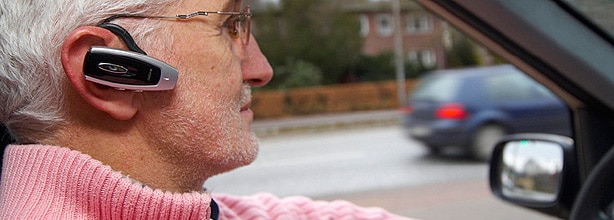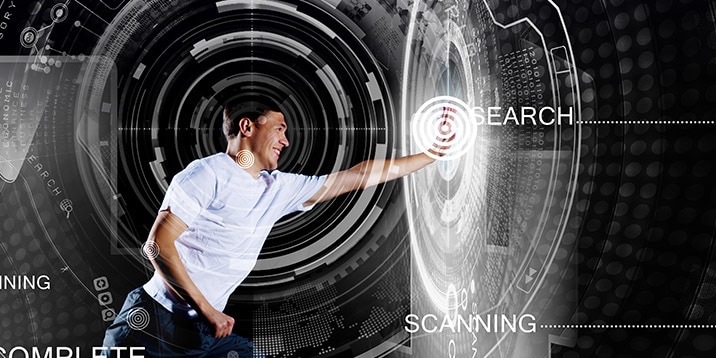
- Semiconductor Technology Now
Visiting Laboratories
Making amateurs experience the heightened sensibility of experts
TM: Have you always conducted your research at the University of Tokyo?
Masahiko Inami: No, I’ve done research at various universities. I was at the Tokyo Institute of Technology until I received my master’s, and then joined the doctorate program at the University of Tokyo to study VR. I opened my first lab at the University of Electro-Communications, where I stayed on for five years. During my stint there I also became a visiting scientist at Massachusetts Institute of Technology (MIT) Computer Science and Artificial Intelligence Laboratory (CSAIL). Then I was invited by the Graduate School of Media Design at Keio University to become a founding member of an interdisciplinary research team, where I remained for seven years and seven months before coming back to the University of Tokyo.
TM: Did you pursue a consistent research theme at those universities and research institutes?
Masahiko Inami: The research themes varied subtly depending on the interests of the students I taught and the expertise of each institution. Naturally, students at different departments have different interests. Although the main objective of my research remained unchanged, the focus did shift among theoretical study, applications development, and social implementation. Looking back, I think experiencing those diverse aspects of research taught me a lot of things. At present, I am mostly focused on theoretical studies to gain deeper knowledge about human beings, but I’m also keeping an eye on social implementation.
TM: Specifically, what sort of research themes are you pursuing?
Masahiko Inami: One example would be the research into transferring bodily skills between people, such as from an accomplished athlete to novices. Conventional coaching of skills involves verbal instructions and practical demonstrations on how to move the body, with the trainees trying to reproduce the movement as best they can. With the assistance of a VR system, however, it may be possible to communicate the unique bodily sensations that previously only a master athlete could experience, allowing the trainees to acquire the skills much faster. This is a theme that has long been pursued by Atsushi Hiyama, who is a lecturer at my lab. In a prominent example, this technique was applied to teaching papermaking, enabling some skills of a master papermaker (who is designated Japan’s National Treasure) to be acquired by novices in a matter of a day where it normally takes weeks.
TM: Accomplished athletes and artists develop certain knacks or gut feelings, but these are very hard to communicate with words. It would be wonderful if machines could help people experience them.
Masahiko Inami: Accomplished performers do what they do without really thinking about it, so they are often not very good at explaining which muscles to use and how. If you are in physical therapy for walking again, for instance, you would be very conscious of which part of your body you need to move. But normally you don’t walk about thinking how many inches your right foot should be raised or how many degrees your knee and ankle joints should be bent.
TM: True. I often wonder at the ease with which truckers take a turn at narrow intersections, but maybe they are guided by a special sensitivity that only skilled drivers have.
Masahiko Inami: I am also developing new forms of entertainment based on augmented human capabilities. The Superhuman Sports Society, of which I’m a co-president, plans to host a sporting event by 2020 or so in which everyone, strong or weak, young or old, can participate and enjoy playing on an equal footing using assistive technologies.
Examples include a game in which players on spring-loaded stilts crash into each other, a ball game in which players move about on electric scooters, a motorized “drift” wheelchair competition which tests players’ drifting skills, and a VR- and AR-based fighting game in which two teams hurl magical energy bolts at each other to defeat the opponents. Many more games are also being created and tested.
I’m sure all of us enjoyed making up new games or tweaking the game rules to our liking when we were growing up, although we eventually get used to only playing existing games with a given set of rules. I think it will do us a lot of good if we sometimes go back to our childhood and try creating and playing new games. That will help us see the rationale of existing rules of sports, for instance, and also let us experience the new sensations that machine-augmented human capabilities can give us.
 |



















